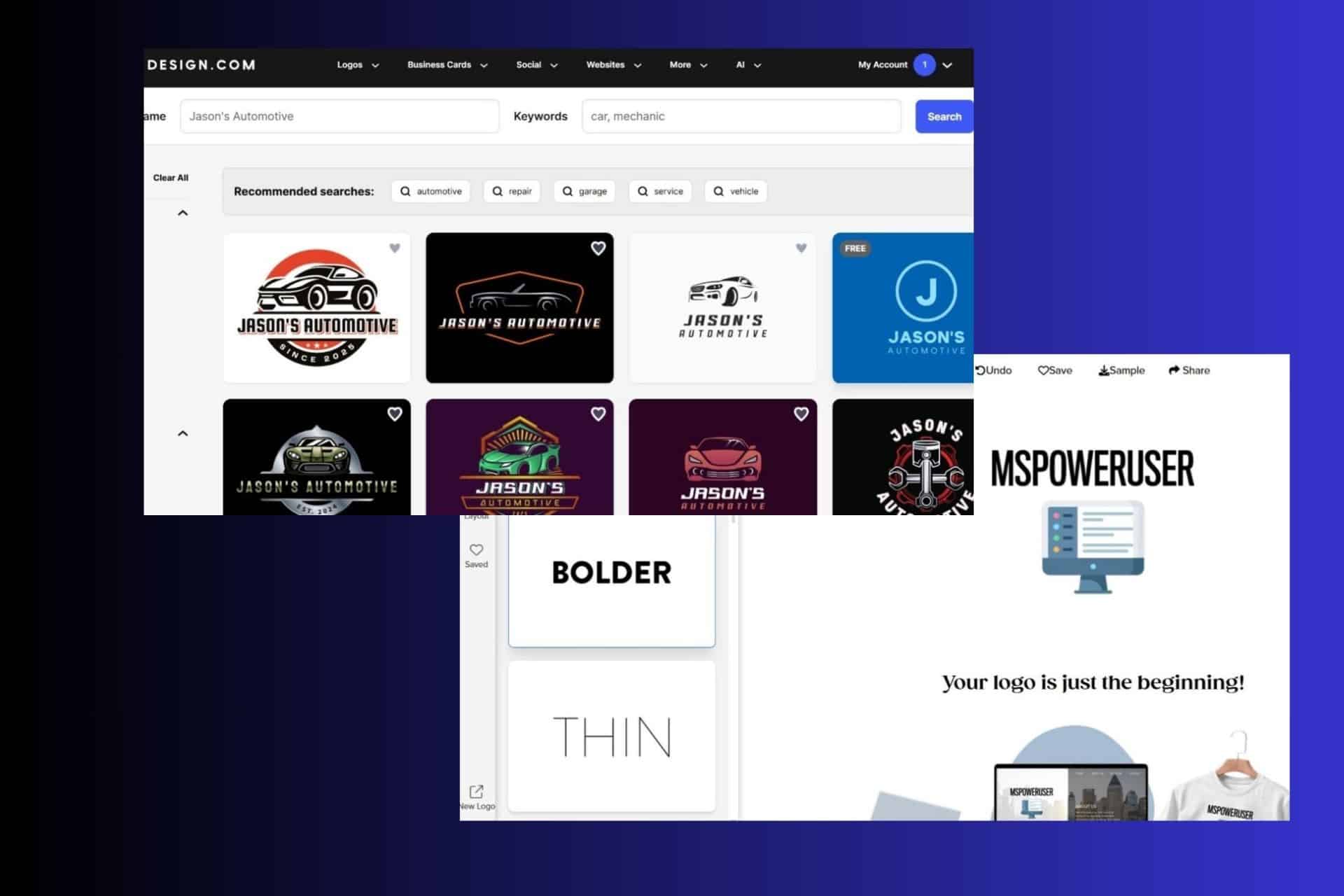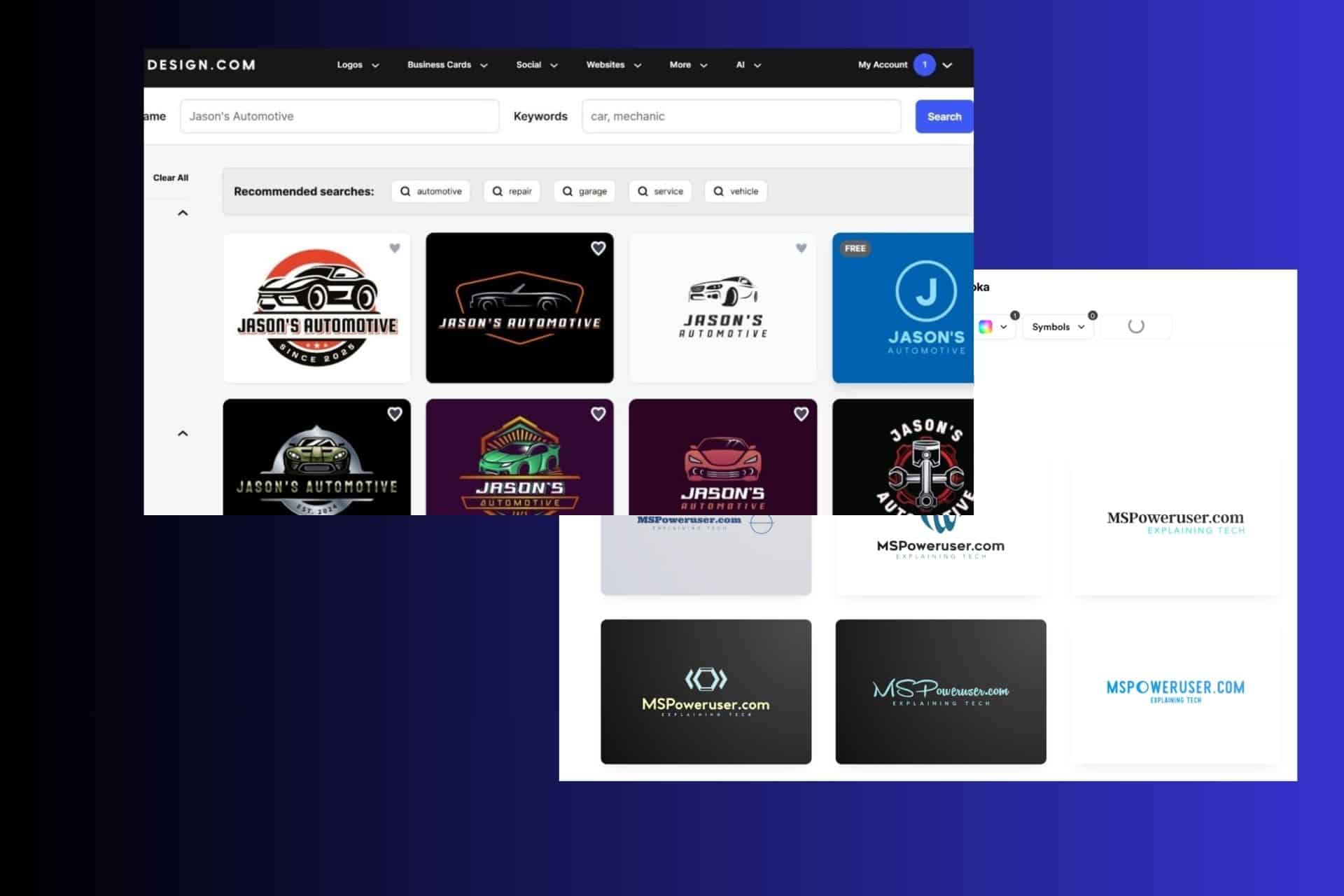Samsung Galaxy Note 10 review round-up

Samsung’s Galaxy Note 10 is its upcoming flagship and is due for release in just under a week. The firm has passed its flagship around to several news outlets, and this is a round-up of their first impressions and review commentary. Now, while most outlets haven’t done a full review of this device yet, enough words have been written that a general conclusion can be formed. This is a very good phone, but also a very expensive one.
Display
Samsung has one of the best displays in the market traditionally. It’s OLED displays power the iPhone X line of devices and are rumoured to be part of the iPhone 11’s package. In the Note 10 Plus, the firm makes use of its Infinity Display paired with a Full HD AMOLED display. The results are impressive.
“The Note 10 Plus has a 6.8-inch display with a centred hole-punch cutout for the front-facing camera. It spans nearly edge to edge, with almost no bezels,” says ZDNet’s Jason Cipriani. “Colours are bright, vivid, and saturation is spot-on for my liking. I don’t put much weight in DisplayMate rankings, but for those who care, the Note 10’s display was awarded 13 performance records.”
Android Central’s Andrew Martonik agrees. His first impressions view Samsung as having “knocked it out of the park again.” He concludes that “Samsung’s outdoor visibility is second to none, and it’s incredibly crisp even set to FHD+ by default.”
Samsung’s Note 10 doesn’t have the best display in all aspects, however. Forbes’ reviewer notes that the OnePlus 7 Pro has a 90Hz display and the Google Pixel 4 is rumoured to come with one as well. A sentiment shared by Tom’s Guide’s full review: “The one letdown with this screen is that it doesn’t offer a refresh rate of 90Hz as some had rumored, which offers smoother performance in phones like the OnePlus 7 Pro. This would have been a welcome upgrade for folks stepping up from the Note 10 to the Note 10 Plus.”
This places Samsung on the back foot, at least where the refresh rate is concerned.
Design
Samsung’s Galaxy line has sported increasingly extravagant beautiful designs ever since the Samsung Galaxy Alpha and the S6 a few years back. The Note 10 follows up on that tradition by building on a metal and glass laced design that resonates with reviewers.
Slashgear’s Chris Davies notes that it “is unrepentant in its glitz, with an eye-catching iridescent finish.”
“The company’s gone increasingly minimalist with the design language — something I appreciate. Over the years, as the smartphone has increasingly become a day to day utility, the product’s design has increasingly gotten out of its own way,” Techcrunch’s Brian Heater notes. The device’s glass design isn’t all sunshine and rainbows (and I mean that very literally). “On certain smooth surfaces like glass, you’ll occasionally find the device gliding slightly. I’d say the chances of dropping it are pretty decent with its frictionless design language, so you’re going to want to get a case for your $1,000 phone. Before you do, admire that colour scheme on the back.”
You’ll also want to get a case to cover up those unsightly fingerprints that crop up after prolonged use. Glass phones are beautiful, but only for an instant.
Camera
Samsung often has one of the best cameras on flagship phones, and that isn’t changing with the Note 10. It’s still one of the best, just not the best in a world where Huawei and Google are building cameras that provide brilliant photos either via sheer hardware prowess or software magic.
“I’m going to need more time with the camera to see if anything has changed from the S10+, but so far it’s exactly as expected: solid, consistent and pleasing to the eye,” Android Central’s Martonik said. “Super-low-light photography is a weak point, and the high-quality wide-angle camera is a strong point. The front-facing camera is great, too.”
“The main camera array continues to be one of the best in mobile. The inclusion of telephoto and ultra-wide lenses allow for a wide range of different shots, and the hardware coupled with machine learning makes it a lot more difficult to take a bad photo,” TechCrunch says.
TechRadar found that the camera was a lot like the Galaxy S10 Plus’s camera, stating; “The actual still photos exhibit bright and punchy colours, more saturated than the often dull, but colour-accurate pictures out of a current-gen iPhone. It’s a lot like we saw on the S10 Plus.”
Forbes’ Ben Sin agrees with this conclusion, “Tthe Note 10 Plus’ camera performance is virtually identical to that of the Galaxy S10’s, which means the Note 10’s cameras are very good, and often can go toe-to-toe with the best of the best. But ultimately it falls short and can’t claim the “best camera on a smartphone” title.”
Performance
Samsung’s Note line is a power user’s phone and has typically been powered by whatever the fastest processor was available at the moment. This hasn’t changed with the Note 10. Samsung stuffs this with the Snapdragon 855 and up to 12GB of RAM, and reviewers are impressed.
“With a Geekbench multi-core score of 10,849, it’s among the fastest Android smartphones we’ve ever tested. But it’s not the fastest phone. That title still belongs to the iPhone XS, soon to be replaced by the likely far speedier iPhone 11,” TechRadar’s Matt Swider says, “What’s important is that these raw benchmark numbers tell us that the Note 10 is fast enough to run the top 3D games for years to come and also act as a device to link up to Windows 10 and handle desktop-like apps in Dex mode. At the end of the day, the tit-for-tat numbers don’t matter nearly as much as some people like to claim. This phone is incredibly fast.”
All other reviewers offer various ways of reformulating the same idea. The Samsung Galaxy Note 10 is a fast phone, and that’s a good thing for its Dex capabilities.
Reviewer Conclusions
Most of the reviewers didn’t come to full conclusions yet [Update: Some conclusions added], with the exception of TechCrunch and Forbes.
“There’s not enough on-board to really recommend an upgrade from the Note 8 or 9 — especially at that $1,099 price. ” TechCrunch concluded, “But if you need a new phone, are looking for something big and flashy and are willing to splurge, the Note continues to be the one to beat.”
“The Galaxy Note 10 Plus is a major jump over the Galaxy Note 9, and the gap is larger than any previous jump from one year to another for a Note series. As I said, the phone has no glaring flaw now that Samsung has fixed all of its quirks and stubborn habits,” Forbes says albeit with an added caveat. “There’s always a Chinese phone that can do something better than the Note 10 Plus. Whether it’s the Huawei P30 Pro’s low light lens, OnePlus 7 Pro’s more fluid 90Hz screen, or the Oppo Reno 10X’s zoom prowess, there’s a Chinese brand doing something that clearly tops Samsung’s offering. And all three of these phones are cheaper, too.”
“The Galaxy Note 10 Plus looks like the big-screen phone to beat. Although the price is quite steep at $1,099, you get one of the best and most immersive displays ever in a phone along with strong performance and long battery life,” Tom’s Guide concludes, “And while Samsung has not caught up to Google and Huawei in photography, the Note 10 Plus is still a very capable camera phone with a compelling Night mode and intriguing video effects.”
However, you can get one of Samsung’s other flagships for much, much less. “A Galaxy S10+ does ninetysomething-per cent of what this new Note can deliver,” SlashGear concludes, “But if your hand, and your wallet, are each large enough, and your need for a stylus unrelenting, you won’t be disappointed.”
The Samsung Galaxy Note 10 appears to be an easily recommendable phone for users going in for an upgrade. Like an iPhone, it won’t have the best camera or the best display. What it does have is a better overall package than the devices that do. Whether that total package would be worth a $500 premium at launch is a question each user would have to ask themselves.
Read our disclosure page to find out how can you help MSPoweruser sustain the editorial team Read more









User forum
0 messages